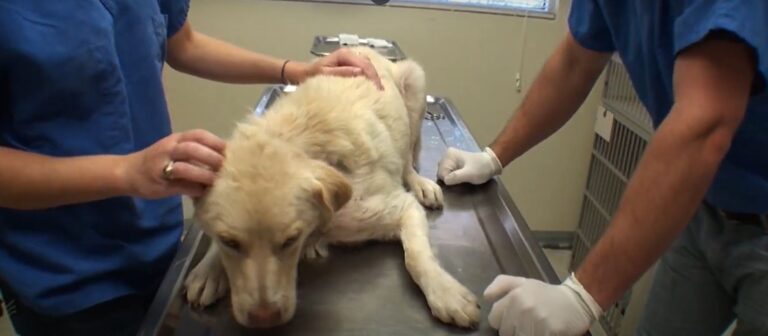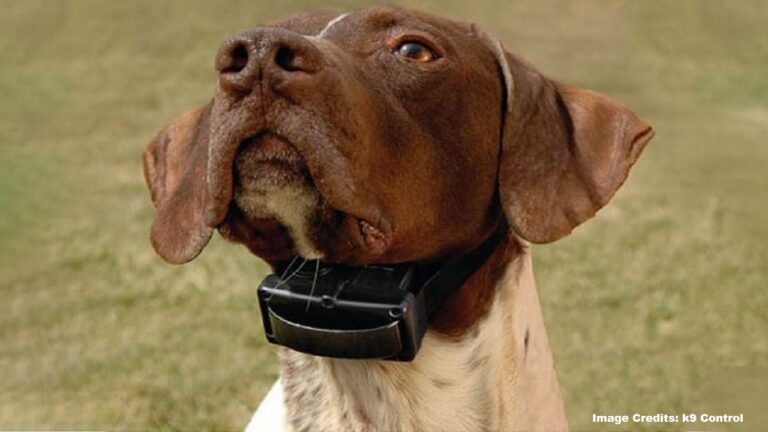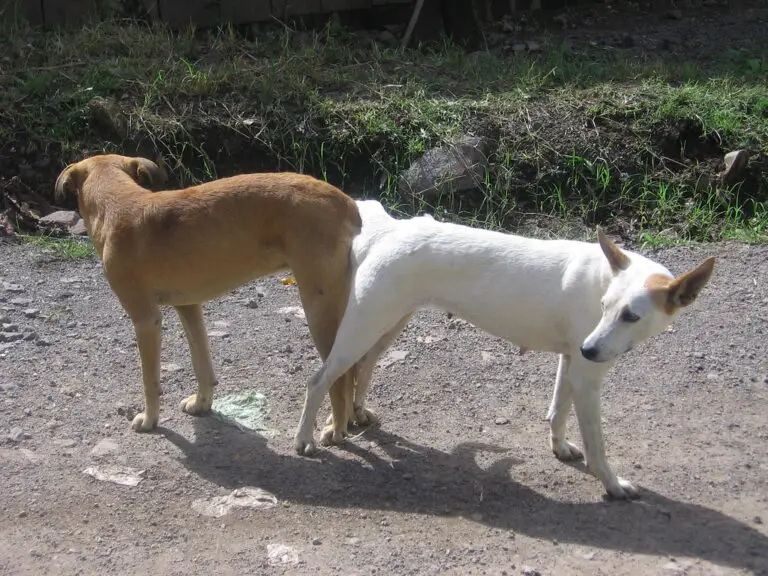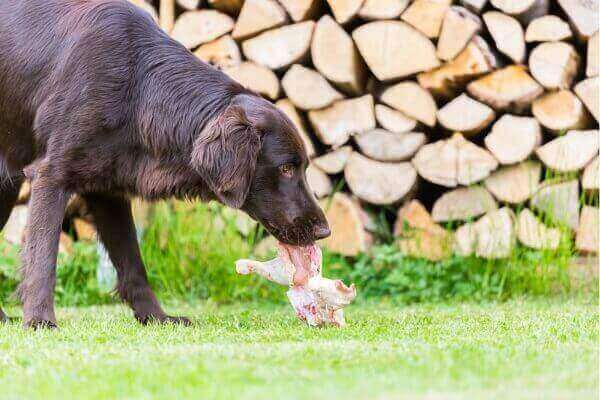What Are The Last Stages Of Parvo Before It Kills Your Puppy? Near-Death Signs
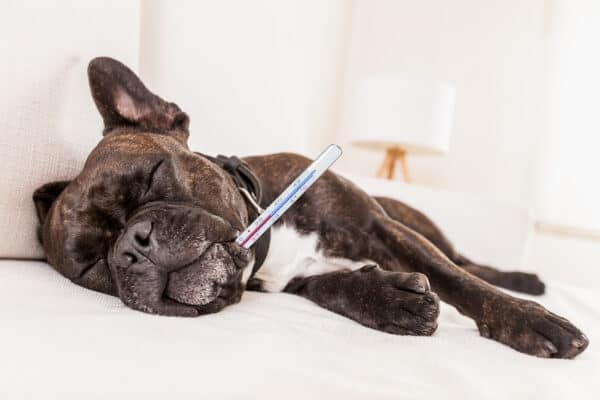
The last stages of canine parvovirus infection can be very distressing for both the pet and the pet owner. These advanced stages of parvo are characterized by extreme symptoms, which are typically a result of both the virus itself and secondary infections or complications caused by the virus.
1. Severe Lethargy: The dog becomes extremely weak, barely able to move. They may lie in one place, seemingly uninterested in their surroundings or unwilling to move due to a severe lack of energy.
2. Loss of Appetite and Severe Dehydration: An infected dog will lose their appetite and stop eating, leading to rapid weight loss. While this loss of appetite might occur in the early stages this condition doesn’t change unless the pup is recovering. The dog also becomes severely dehydrated, which can lead to further complications such as kidney failure. The dog’s gums may appear dry or tacky due to this severe dehydration.
3. Persistent Vomiting and Bloody Diarrhea: As the disease progresses, the vomiting and diarrhea become more severe and frequent. This may result in the dog bringing up blood or having bloody diarrhea, which has a distinct foul smell. This occurs because the virus is causing significant damage to the lining of the dog’s intestines.
4. Pain and Discomfort: The dog may exhibit signs of severe abdominal pain such as hunching over, crying out, or showing signs of distress when the belly is touched.
5. Poor Circulation and Shock: The dog’s gums may become pale or blueish, indicating that there is poor blood circulation due to dehydration and shock.
6. Temperature Changes: Parvovirus can lead to significant temperature changes in dogs. In the early stages, the dog might have a fever, which is the body’s natural response to fighting off an infection. As the disease progresses, the dog’s temperature may drop significantly, suggesting hypothermia. This drop in body temperature is a worrying sign, indicating that the dog’s body is struggling to keep up with the demands of the illness, and the body systems may be starting to shut down.
7. High Heart Rate: Dogs suffering from parvovirus often exhibit a high heart rate, also known as tachycardia. This is due to the body’s attempt to compensate for decreased blood volume from severe dehydration and to deliver essential nutrients to organs. Parvovirus is also implicated in necrotizing myocarditis characterized by inflammation, irregular heartbeat, and poor function, leading to an increased mortality rate.
8. Seizures: In the very last stages, neurological signs such as tremors, incoordination, or seizures might be seen. This can occur due to the severity of dehydration, electrolyte imbalances, or secondary to sepsis.
9. Unresponsiveness: The dog may become unresponsive or often collapse. This usually occurs in the very final stages of the disease, as the body starts shutting down.
Remember, prompt veterinary attention is crucial in managing parvo. The sooner the treatment begins, the better the chances of survival. However, in severe cases where treatment has been delayed or is unsuccessful, the disease can progress rapidly to these advanced stages. It’s essential to provide comfort and supportive care to your dog during this time, but also to understand that euthanasia may be the most humane option to prevent further suffering. Always consult with your vet about the best course of action for your pet.
Can Puppies In The Last Stages Of Parvo Survive?
Survival rates vary, but without treatment, it’s estimated that around 9% of infected puppies may survive, as their underdeveloped immune systems struggle to combat the virus.
In the last stages of parvo, when symptoms are at their most severe, the prognosis becomes more uncertain. Despite this grim outlook, survival is not entirely impossible. If the infected puppy can receive intensive veterinary care, there may still be a chance for recovery. Treatment typically includes IV fluids to combat dehydration, antibiotics to control secondary bacterial infections, antiemetics to control vomiting, and sometimes plasma transfusions or antiviral medications.
However, it’s crucial to understand that the treatment at this stage can be costly, emotionally distressing, and may still not guarantee survival. Moreover, the puppy’s quality of life during this treatment can be poor, as they’ll likely experience significant discomfort and pain. Euthanasia may be considered to spare the puppy from prolonged suffering, particularly if its condition continues to deteriorate despite aggressive treatment. It’s an incredibly tough decision to make and one that should be discussed thoroughly with a trusted veterinarian, who can provide professional and compassionate advice tailored to the individual puppy’s situation.
At the end of the day, the decision depends on several factors, including the severity of the disease, the puppy’s overall health, the resources available for treatment, and the willingness of the owner to proceed with intensive care. It’s a deeply personal decision that should be made with the puppy’s best interest at heart.
To prevent parvo, the best defense is a good offense. Ensuring that puppies receive their complete series of vaccinations on schedule is the most effective way to protect them from this dangerous virus. Regular vet check-ups, good nutrition, and keeping the puppy’s environment clean can also help bolster their immune system and reduce their risk of infection.
Parvovirus is a highly contagious and potentially deadly disease that primarily affects puppies and unvaccinated dogs. The disease manifests in severe gastrointestinal symptoms such as vomiting, bloody diarrhea, and a loss of appetite, which can lead to severe dehydration and, in many cases, death if left untreated. In the final stages of the disease, signs such as increased heart rate, hypothermia, extreme lethargy, and physical collapse indicate a critical condition. The primary causes of death from parvo include severe dehydration, secondary bacterial infections, sepsis, and heart failure.
Prevention of parvovirus is crucial, primarily through vaccination, which should start in puppies as early as six weeks of age and continue with booster shots throughout their lifetime. If a dog is infected, immediate isolation is necessary to prevent the spread of the virus, along with stringent cleaning and disinfecting practices. Caring for a dog in the last stages of parvo requires intensive veterinary support, comfort, and warmth. Considering euthanasia is a difficult but sometimes necessary decision to alleviate severe suffering in the late stages of the disease.
Recovery signs from parvo include the return of appetite, reduced vomiting and diarrhea, increased energy levels, weight gain, normalization of body temperature, healthy gums, and regular bowel movements.
However, recovery is often a slow process that could take weeks to months. It’s crucial to follow the treatment plan given by the vet, and provide lots of rest and a balanced diet for the recovering dog. Parvovirus is a deadly threat to dogs, but with effective prevention, timely detection, and appropriate care, it’s possible to manage the disease and aid in the recovery process.
Read related posts about


